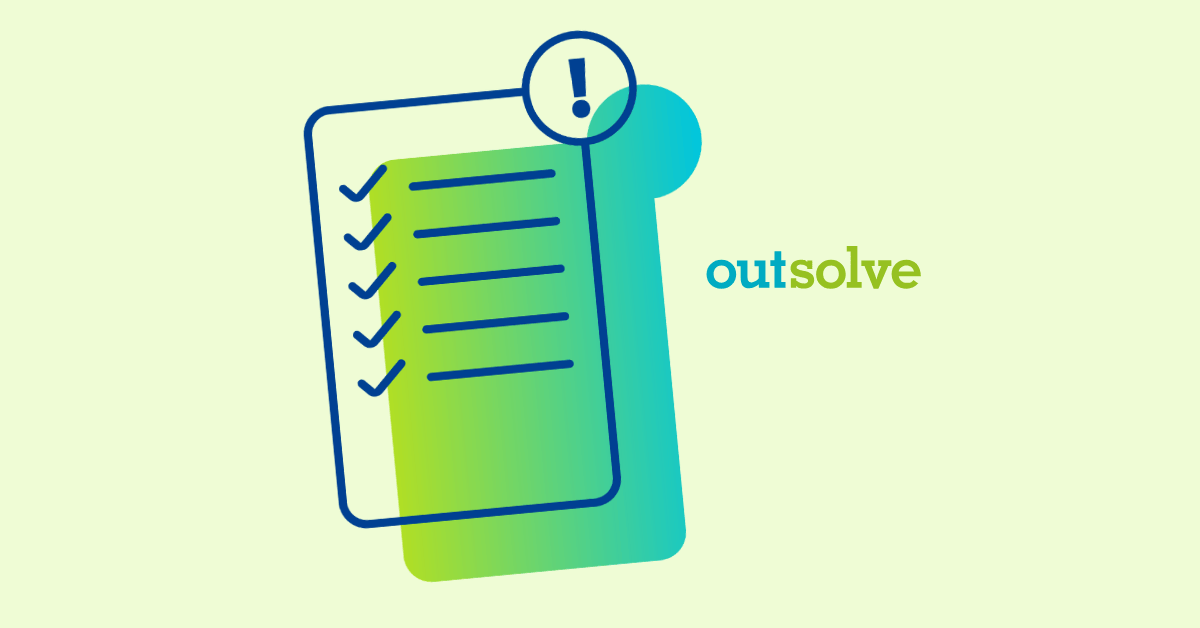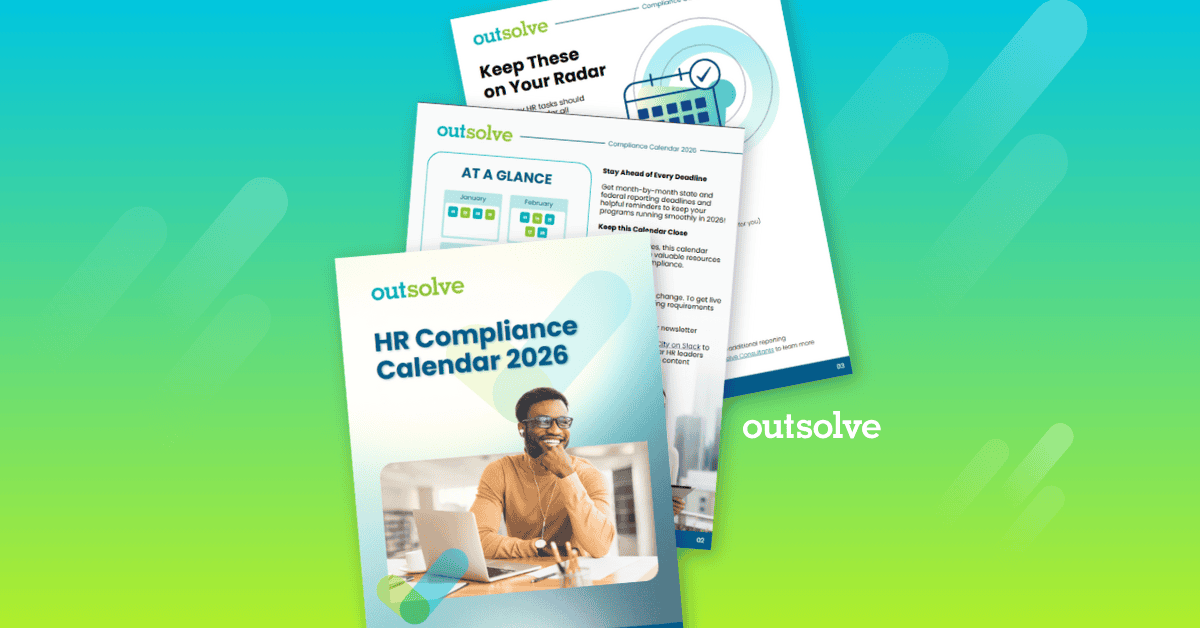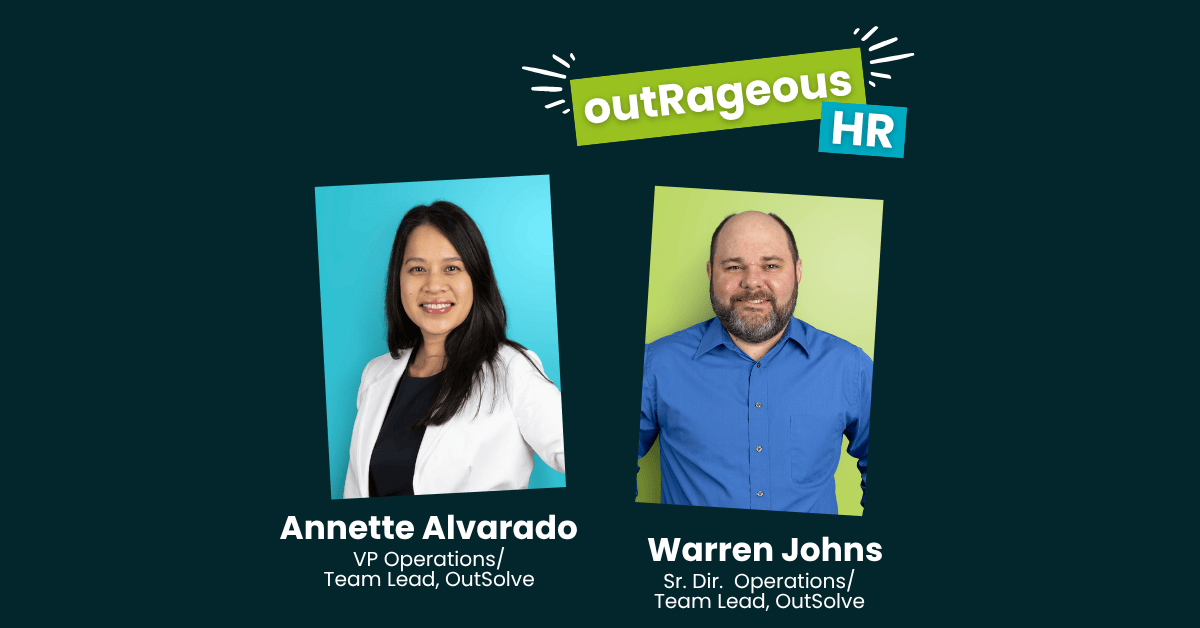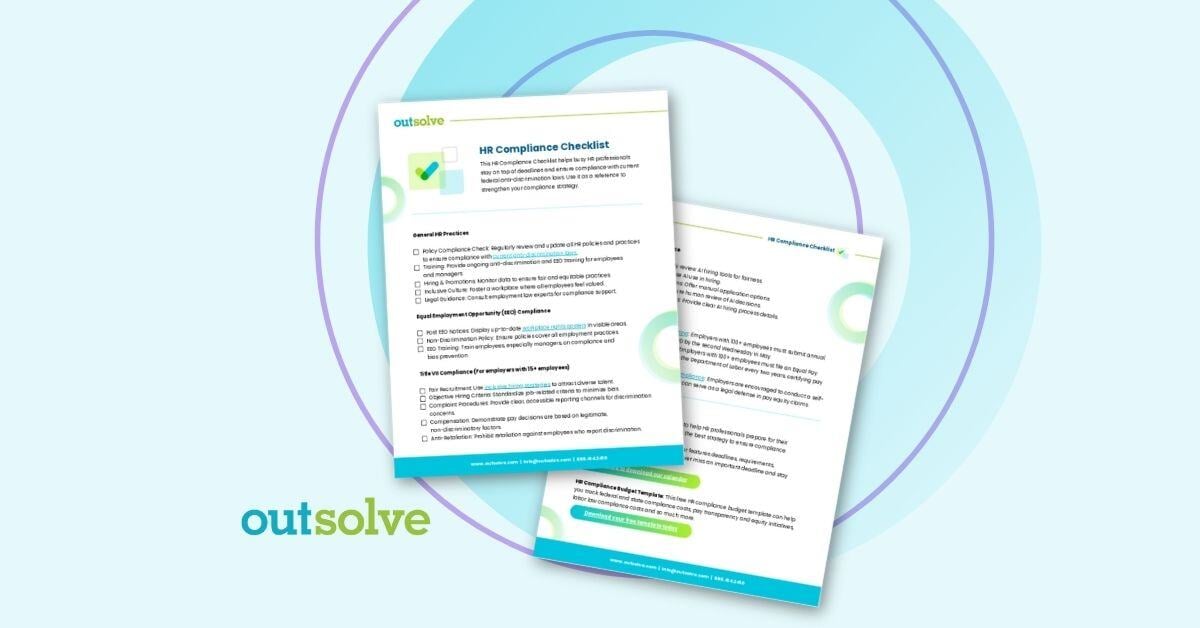4 min read
Pay Discrimination Explained: How It Affects Your Business
 Nick Jones
:
Jul 24, 2025 10:17:15 AM
Nick Jones
:
Jul 24, 2025 10:17:15 AM

Human Resources (HR) spends a good amount of time supporting and promoting fairness in the workplace, whether it's in hiring, promotions, performance reviews, or compensation. Even with the best intentions, one issue continues to create risk, resentment, and regulatory issues. What is it? That’s pay discrimination.
What is pay discrimination and why should it be a priority for your team today, not tomorrow?
Simply put, pay discrimination happens when employees performing substantially similar work receive unequal pay based on protected characteristics, like gender, race, age, or national origin. This isn't just a legal issue. Ultimately, it’s a matter of ethics, company culture, and even your reputation as an employer.
In this article, we break down what pay discrimination looks like, provide easy-to-understand examples, outline the laws involved, how it affects your business, and most importantly, how to detect and prevent it.
Let’s get into detail about this important topic. Here are three key takeaways you’ll learn in this article:
- What pay discrimination looks like, along with some examples
- Related laws involved and how it affects your business
- How to detect and prevent pay discrimination
What Is Pay Discrimination?
Let’s start with a clear, working definition. Pay discrimination is the practice of compensating employees unequally for doing the same or substantially similar work because of a protected characteristic, such as gender, race, ethnicity, age, disability, or national origin.
This might seem “cut-and-dry” on the surface, but the reality is more complex. Pay discrimination can be:
- Intentional: For example, knowingly offering lower salaries to women than men for the same role.
- Unintentional: When decentralized HR teams make inconsistent offers or raises without realizing a pattern is forming.
Whether or not it's intentional, the result is the same, which is inequity, noncompliance, and exposure to legal and financial risks.
Common types of discrimination in pay include:
- Gender Pay Discrimination: The most widely known form of pay discrimination. For example, women earning 82 cents for every dollar paid to men in comparable roles.
- Racial/Ethnic Discrimination: Pay gaps persist across Black, Hispanic, and Indigenous workers compared to other groups.
- Age Discrimination: Older employees, particularly those over 40 years of age, may be passed over for raises or receive lower starting salaries.
- Disability Status and National Origin: Often overlooked but equally critical, these biases can creep in during negotiations or promotions.
Understanding these distinctions helps HR take informed and proactive steps toward equitable pay practices.
Examples of Pay Discrimination
Let’s ground all of this in reality and what it could look like during your day to day. Here are some pay discrimination examples you may have encountered, or could easily miss:
- Same job, different pay: Two project managers with identical experience and responsibilities. One is a man; one is a woman. The man earns 12% more. Why? "She didn’t negotiate as hard." That’s not a defensible reason.
- Discriminatory raises: A Black employee consistently receives lower annual increases compared to white peers, despite equal performance. No one notices until a pay audit years later reveals the disparity.
- Merger & acquisition blind spots: During a company merger, two teams with similar job roles are brought together. The incoming team, mostly men, is paid significantly more. The discrepancy is unintentional but remains unaddressed.
These examples illustrate that discrimination in pay can surface even in companies that believe they’re doing the right thing. That’s why visibility and data are key.
Legal and Compliance Implications
Now let’s talk about the legal side of this, because good intentions won’t protect you from compliance failures.
Here are the foundational laws related to pay that you, especially as HR, need to understand and follow:
- Equal Pay Act of 1963: Requires men and women earn equal pay for equal work.
- Title VII of the Civil Rights Act: Prohibits employment discrimination based on race, color, religion, sex, or national origin.
- State-level laws: Many states have added pay transparency laws (e.g., salary range disclosure), equal pay for comparable work, and stricter employer requirements.
What happens if you violate these laws?
- EEOC Investigations: The Equal Employment Opportunity Commission can investigate based on employee complaints.
- Class-action Lawsuits: These can result in multi-million-dollar settlements, long-term reputational harm, and structural changes imposed by the court.
- Fines and Penalties: Not to mention legal fees, time, and a resource drain.
Compliance needs to be a part of your company’s culture and your everyday HR practices.
How Pay Discrimination Affects Your Organization
Beyond compliance, pay discrimination can have deep ripple effects across your business. Here are some considerations:
Business Risks
- Legal costs: Fighting a claim, even if you “win,” can be costly and disruptive.
- Turnover: Once employees perceive unfairness, trust can erode and retention deteriorates.
- Brand damage: In today’s “Glassdoor era,” word gets out. A reputation for unfair pay can deter top candidates.
Missed Opportunities
- Diverse talent loss: Underpaying underrepresented groups sends employees to your competitors.
- Employee engagement: Pay equity is directly tied to how respected and valued your employees feel.
- Innovation and inclusion: Teams thrive on diversity, but only when all members are treated equitably.
Unfair pay practices create discontent that even the best perks or culture initiatives can’t always fix.
How to Detect and Prevent Pay Discrimination
So, how can you protect your organization and do right by your people? It starts with transparency, consistency, and data. Below are some specific steps you can take and plan for right now.
Conduct Regular Pay Equity Audits
A pay equity audit compares compensation across employees in similar roles to uncover disparities linked to race, gender, or other protected traits. Make this a regular part of your HR strategy and not a one-time fix.
Use Structured Compensation Policies
Define salary bands, promotion criteria, and raise guidelines. Eliminate manager discretion where possible or at least support it with clear and concise documentation.
Track and Document Pay Decisions
Keep a record of why certain salaries or increases were given. This helps with both internal accountability and legal defensibility.
Increase Pay Transparency
Even small steps, like disclosing salary ranges in job postings or clearly explaining how raises are determined, help build trust and reduce ambiguity.
Bring in Third-Party Experts
Sometimes an outside perspective makes all the difference. Companies like OutSolve specialize in identifying pay inequities and helping HR implement lasting solutions. They bring compliance expertise and unbiased data analysis that internal teams may lack.
What Pay Discrimination Means for Your Organization
Addressing pay discrimination isn’t just about avoiding lawsuits. It’s about creating a workplace that truly values fairness and equality.
When you commit to equitable pay, you invest in your people, your brand, and your long-term success. It starts with acknowledging that pay discrimination, whether intentional or accidental, can happen.
Don’t wait for a complaint, a viral review, or an EEOC notice. Be proactive. Audit your pay practices. Create transparency. Finally, if you need support, OutSolve is here to help. Contact us today to get started.
Nick Jones is a member of OutSolve’s compensation team as an analyst specializing in pay equity and market pay analyses. Nick also supports federal contractors with pay data analytics and state pay reporting. Experienced in interpreting big data, he provides companies with the vital information needed to ensure equity, efficiency, and competitiveness in their compensation. Nick graduated from Tulane University and earned his master’s degree in Data Analytics from the University of New Orleans in 2022.
Weekly OutLook
Featured Posts

New Year, New Deadlines: 2026 HR Compliance Calendar

outRageous HR: Plan Now or Pay Later
Related Posts

In-House or Outsourced I-9 Management: Which Is Best for Your Organization?
Every U.S. employer, regardless of size or industry, is required by law to confirm each new hire’s identity and verify that they are authorized to...

outRageous HR: Building a Compensation Strategy That Actually Works
If your compensation strategy is mostly “gut feeling” plus whatever you did last year… it’s time to rethink your approach.

HR Compliance Checklist: What Every HR Pro Needs to Know
During times of sweeping change to federal laws, and with new state laws being enacted, it's more important than ever for HR professionals to ensure...

